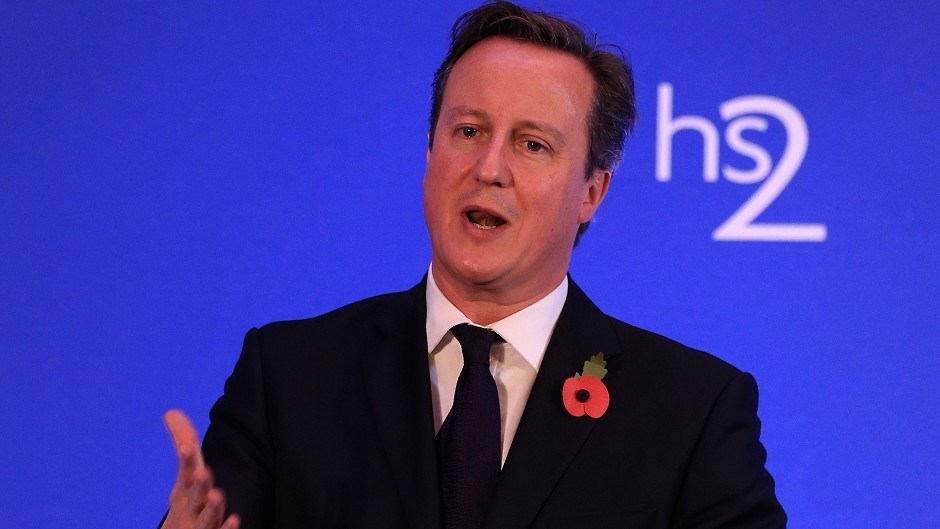Prime Minister David Cameron has rejected the possibility of a Scottish veto in a UK-wide referendum on European Union membership.
He dismissed the call from first minister-in-waiting Nicola Sturgeon that Britain should only be allowed to leave if all four home nations voted in favour of the move.
She claimed it was possible people in Scotland would vote No and an exit would be “disastrous” for jobs and the economy.
Ms Sturgeon said the SNP’s plans would give “proper protection against any of the nations of the UK being removed from the EU against their will”.
Mr Cameron has pledged to hold an in-out referendum on the issue by the end of 2017 if the Conservatives win the general election in May.
Speaking in the Commons yesterday, he said: “We are one United Kingdom, there will be one in-out referendum and that will be decided on a majority of those who vote.
“That is how the rules should work.”
SNP MP Pete Wishart described the prime minister’s remarks as a “knee-jerk rejection” to a reasonable proposal.
Ms Sturgeon set out her plans at an event in Edinburgh last night in response to the rise of anti-EU party UKip which has an MEP in Scotland, David Coburn.
“Should a bill be tabled in the House of Commons for a referendum on European Union membership, my party will table an amendment,” she added.
“That amendment will require that for the UK to leave the EU, each of the four constituent nations – England, Scotland, Wales and Northern Ireland – would have to vote to do so, not just the UK as a whole.
“It would give proper protection against any of the nations of the UK being removed from the EU against their will.”
Ms Sturgeon acknowledged that the EU was “far from perfect” and needed reform.
Scottish Conservative deputy leader Jackson Carlaw claimed the SNP minister’s logic suggested that the rest of the UK should have been given a vote in the independence referendum.
“In September, the UK and Scottish governments held a clear, fair and decisive referendum with no further requirements or restrictions,” he added.
“We will not apply special conditions to an EU referendum either.”
